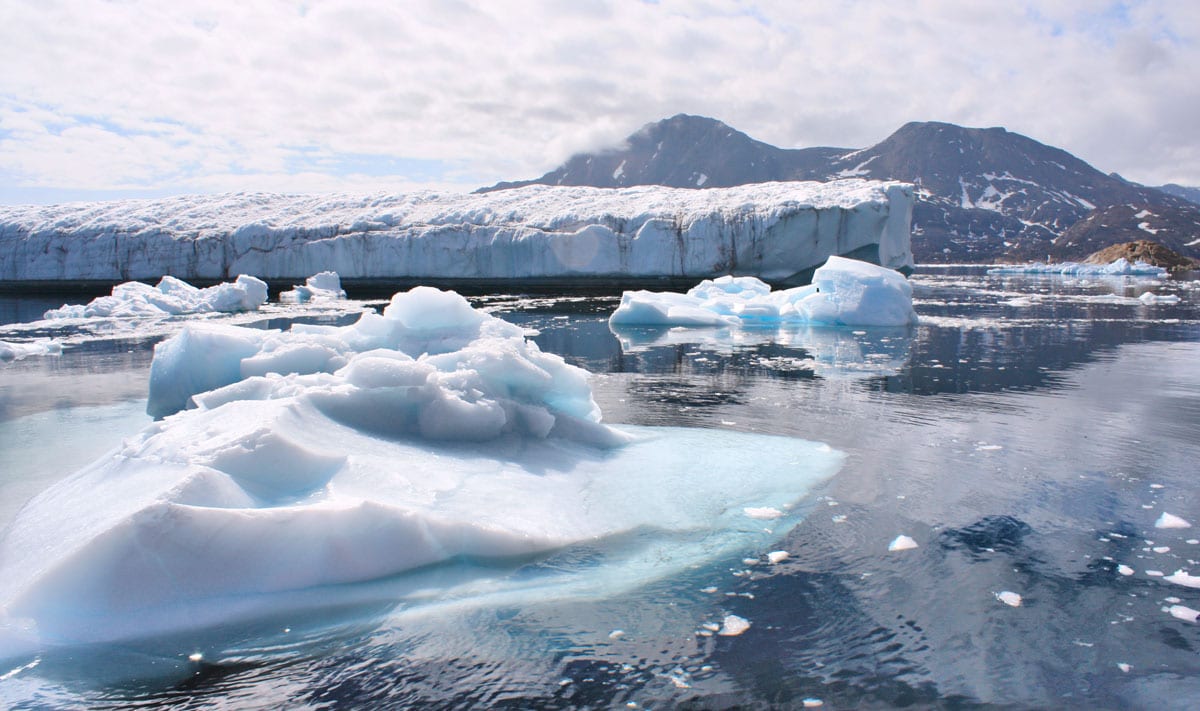Russian Drone Makers to Study Arctic Climate and Infrastructures
A group of manufacturers of unmanned aerial vehicles (UAVs) are planning various research projects on Arctic infrastructure and climate, it has been reported by Russian news agency TASS.
Alexander Zaletsky, who heads projects at the Moscow regional branch of the Unmanned Systems Group of Companies, explained that drone technology will play a significant role in a range of activities they plan to undertake in the Arctic region.
“There is a big plan to use this equipment at the North Pole, and this area is currently being actively developed,” he said. “There is a long-term planning program that includes infrastructure monitoring, and there is also work to monitor the region’s oil and gas pipeline and monitor the ice conditions there.”
In his opinion, the Arctic company can also meet scientific challenges, including monitoring climate change. Drones could also be helpful in monitoring the environmental safety of ports, terminals and rigs.
Their drones have an obvious advantage in covering such a wide, remote area. “Our system’s advantage is that it flies for a long time – it may be flying up to five hours,” Zaletsky told TASS. “Thus the apparatus could cover big distances, and this is most important in the Arctic conditions.”
The company cooperates with the Aviation Systems Research Institute and the Expedition Center of the Russian Geographic Association.
“We are ready to participate in any projects on the Arctic,” he continued. “We have certain experience – the first expedition was in 2015, and later on – in 2017.”
This technology has already been deployed this year, when specialists from the group participated in the experiment of the Barreo drifting ice base, which is conducted annually by the Russian Geographical Society. The challenge was to see how unmanned technology could be used to survey ice. The experts used the Supercam S350 drone to monitor over 500 km of ice, and the outcome of the expedition led scientists to conclude that unmanned aerial vehicles are suitable for location of airfields and confirming dangers to drilling platforms such as floating icebergs.
The unmanned system designs and produces unmanned aerial vehicles (UAVs) are already used for video surveillance and aerial photography by the Unmanned Systems Group of Companies. In addition, the group provides unmanned oil and gas pipeline monitoring services to fuel and energy companies and provides real-time mapping services with our drones.



















